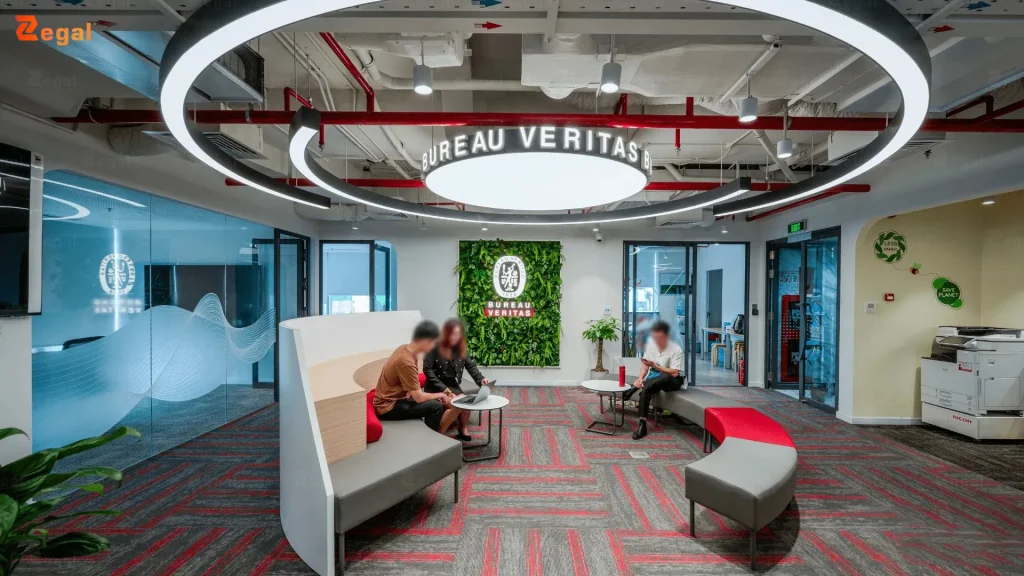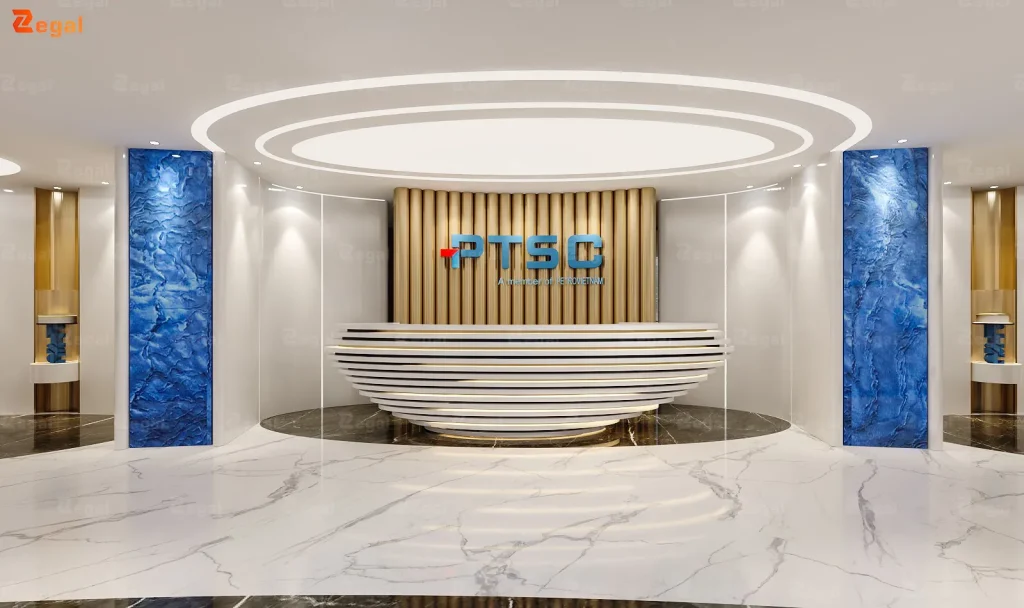ChatGPT đã nói:
1. The role of LED lighting in modern architecture: more than illumination
Have you ever wondered why LED lighting in architecture has become an irreversible trend? The answer lies in a shift in mindset: light is now considered an integral part of architecture rather than an element added at the end.
LED lighting has opened a new era where illumination becomes more “intelligent” than ever. It allows architects and designers to:
-
Shape spatial flow: Use light to define functional zones—living room, kitchen, workspace—softly and fluidly, without relying on rigid walls.
-
Highlight architecture: Accentuate lines, textures, and distinctive forms, from a raw wooden column to an impressive curved ceiling.
-
Create emotion: Adjust color temperature and intensity to evoke different moods, from warm and relaxing to creative and energizing.
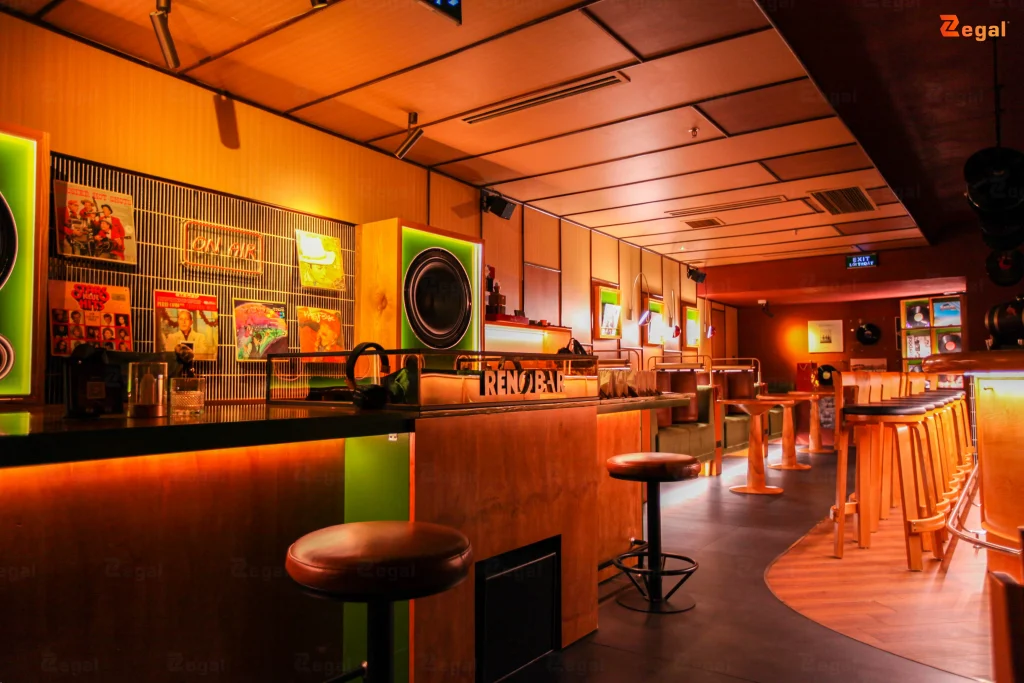
2. Why LED lighting is the number one choice: outstanding advantages
The rise of LED lighting in architecture is no coincidence. It is driven by a set of strengths that older lighting technologies simply cannot match:
-
Exceptional energy efficiency: LED consumes up to 80% less energy than incandescent lamps and about 40% less than fluorescent lighting, significantly reducing operating costs.
-
Long lifespan: With a lifetime of up to 50,000 hours or more, LED lighting nearly eliminates concerns about frequent maintenance or replacement.
-
Unmatched flexibility and creativity: LEDs are extremely compact, allowing seamless integration into tight spaces—narrow grooves, staircases, kitchen cabinets, or plaster ceilings. LED strips further expand the boundaries of creative lighting design.
-
Safe and environmentally friendly: LEDs emit very little heat, reducing the risk of overheating or fire and making them safe to touch. They contain no mercury or harmful substances, making them a more sustainable choice.
-
High-quality light output: With a high color rendering index (CRI), LEDs deliver accurate and vibrant colors. Their wide color-temperature range—from candle-warm to neutral or office-cool—supports diverse design needs and creates the desired atmosphere.

3. Applications of LED lighting in architectural design: from interior to exterior
LED lighting in architecture proves effective across all types of spaces, turning design concepts from sketches into tangible experiences.
3.1. LED in interior spaces: bringing a home to life
- General lighting: Recessed LED lights combined with downlights or translucent stretch ceilings provide an even, well-balanced ambient illumination.
- Task lighting: Under-cabinet LEDs, desk lamps, and spotlights on bookshelves offer focused lighting for specific activities.
- Accent lighting: LED strips along TV consoles, behind headboards, or beneath bathtubs create a floating effect and add visual depth, emphasizing architectural highlights.
3.2. LED in exterior spaces: enhancing a building’s visual identity
- Landscape and garden lighting: In-ground LEDs, tree uplights, and pathway fixtures create a vibrant nighttime atmosphere and elevate the overall landscape value.
- Façade lighting: LED wall washers and spotlights highlight the architectural character of a building, turning it into a striking visual statement after dark.
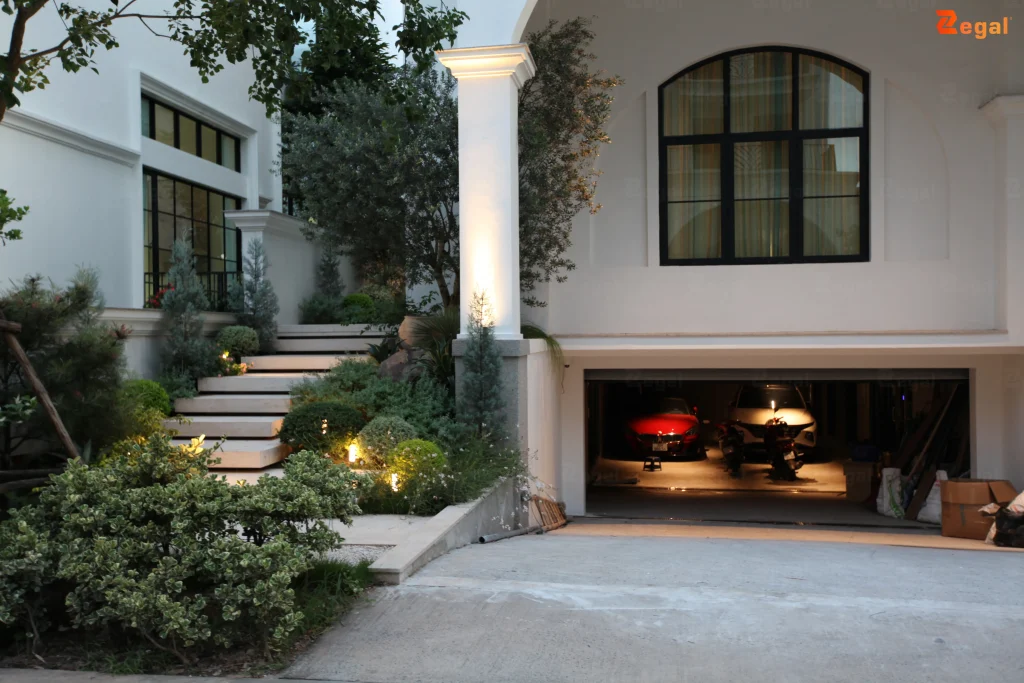
3.3. Artistic LED lighting: when illumination becomes art
4. Trends in LED lighting for modern architecture
- Minimalist design: LED lighting is discreetly concealed in grooves or wall recesses, creating clean, pure light lines that embody the “less is more” philosophy.
- Dynamic and multi-color lighting: RGB LED technology allows spaces to shift in character—warm and golden in the evening, vibrant and colorful during gatherings or events.
- Smart lighting integration: When connected to a smart home system, LEDs can be voice-controlled, scheduled, and automatically adjusted based on human circadian rhythms.
- Natural-light replication: Advanced LED technologies can mimic the daily progression of sunlight, supporting well-being and maintaining natural biological rhythms.

5. Key considerations when applying LED lighting in architecture
To maximize the effectiveness of LED lighting, consider the following:
-
Color Rendering Index (CRI): Choose LEDs with a CRI above 80 (ideally above 90) to ensure accurate color representation for both objects and skin tones.
-
Color temperature (Kelvin – K): Match the lighting temperature to its purpose: 2700K–3000K (warm) for bedrooms and living rooms; 4000K–5000K (neutral to cool white) for kitchens, bathrooms, and workspaces.
-
Layered lighting design: Combine ambient lighting, task lighting, and accent lighting to achieve depth, balance, and visual interest.
-
Early integration in design: Incorporate LED lighting plans from the architectural design stage to optimize wiring, placement, and overall aesthetics.
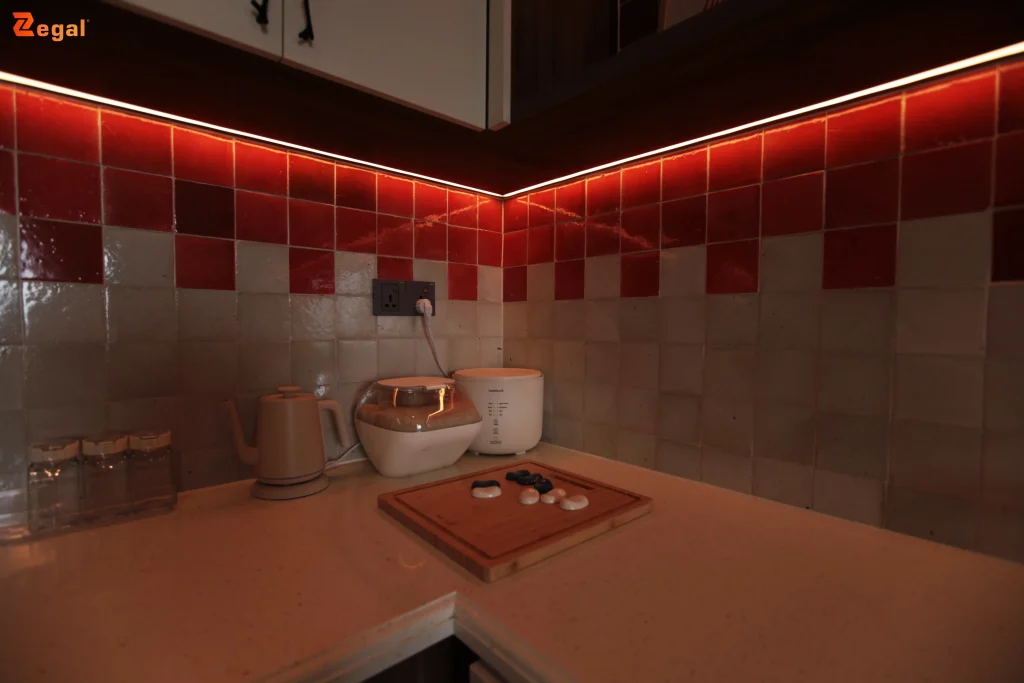
6. Conclusion
——
For further consultation, please contact Zegal Vietnam using the information below:
Zegal Hanoi
112 Vo Chi Cong, Nghia Do Ward, Hanoi
Zegal Ho Chi Minh
319–C9 Ly Thuong Kiet, Phu Tho Ward, Ho Chi Minh City
Hotline: +84969 14 6688

